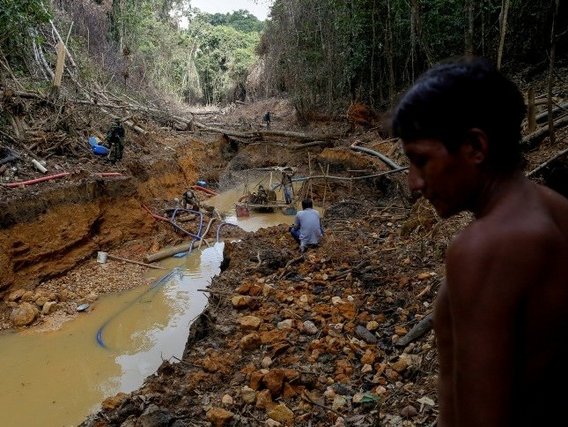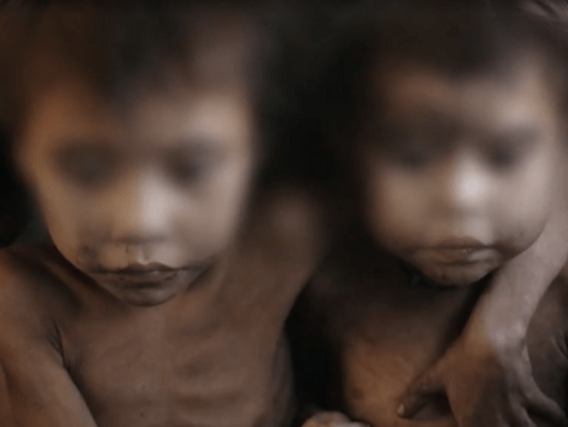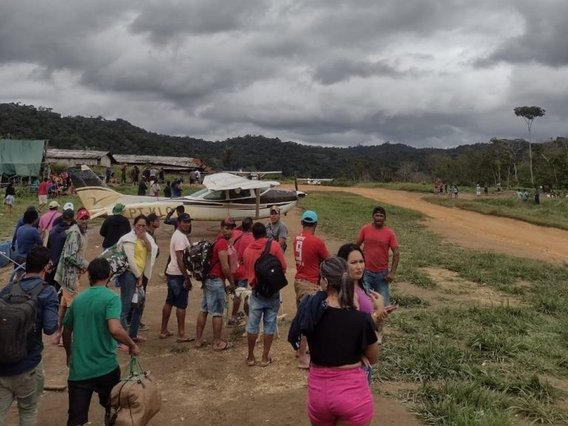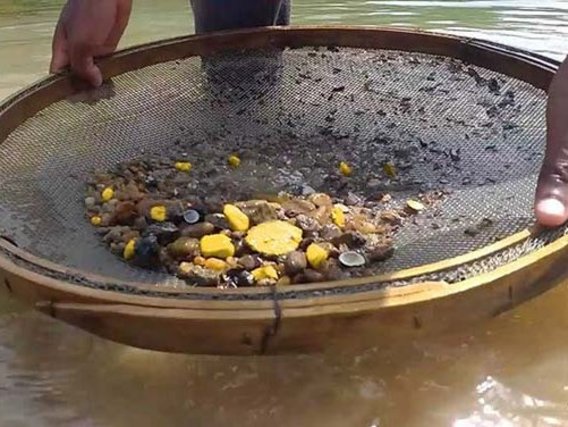The health crisis has already killed 570 children between 2019 and 2022, 29% more than in the previous four years. Many children and adults are already showing symptoms of mercury poisoning.
A study carried out by the Oswaldo Cruz Foundation (Fiocruz) in 2019 among the Yanomami indigenous population found mercury in 56% of women and children in the Maturacá region, located in the state of Amazonas. Sometimes the contamination passes from mother to child.
The transmission of diseases has been devastating for the indigenous population. Lack of access to adequate health care and malnutrition are directly linked to illegal mining, as the processing of ore using mercury contaminates the population and rivers, killing animals that are a source of food for the indigenous people, and the presence of miners increases the transmission of COVID-19 and other diseases.
According to the President of the Yanomami and Yek'wana Indigenous Health District Council, criminals have taken control of health centers and airstrips, preventing the arrival of health professionals who need to travel by plane to attend to the population scattered throughout the isolated villages in the forest.
Another recurring fact involves the exploitation of the Yanomami by criminal groups who bring weapons and engage in violent conflicts, resulting in a series of human rights violations, including forced labor, sexual abuse and even murder.
Brazil's indigenous peoples have several rights guaranteed by the 1988 constitution. Some of their rights are: the right to land, the right to be different, the right to health, the right to education, the right to equality, the right to due process and the right to protection. However, these rights have not been respected in recent years.






